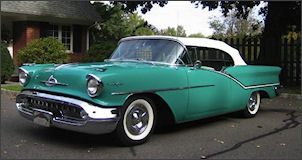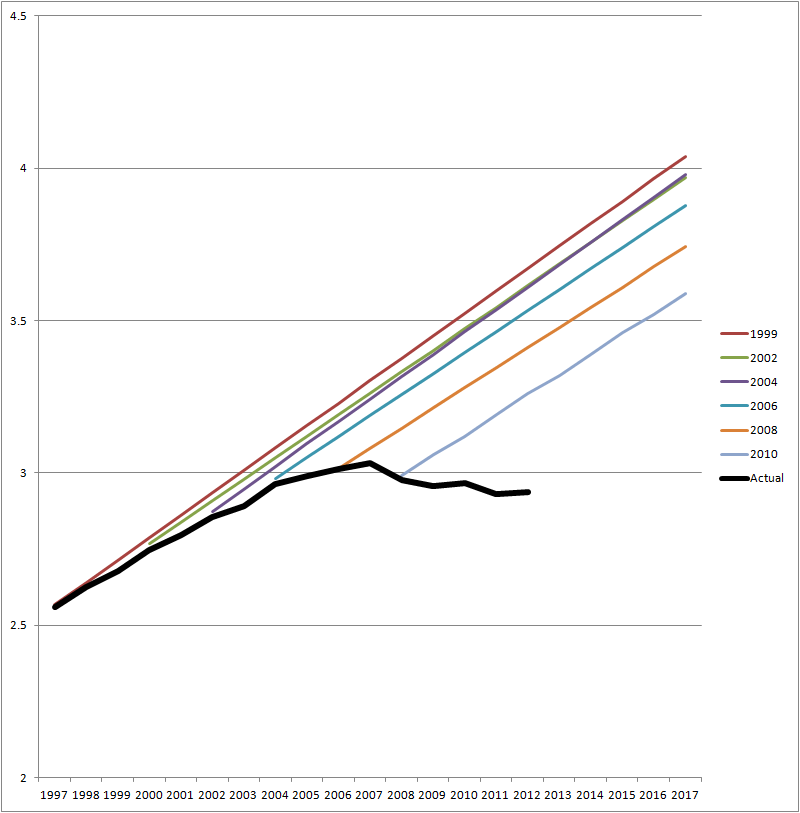
New love is always most intense and passionate at first. No, America is not abandoning the car. But the love affair has plateaued. Don’t expect a breakup though. There will be no nasty divorce. What has happened is we’ve slowly settled into a new comfortable perhaps less obsessive relationship with our cars.
Most people will tell you that love can make you do some funny things. Our initial love affair with the car was reflected in our reactionary 1950’s planning policy. At the time we were so blinded by the intensity of our new relationship that we abandoned traditional neighborhoods. We installed compartmentalized Euclidean zoning codes which led to isolated, disconnected pods of development. We weren’t thinking straight, but it was all good at the time cause the relationship was still shiny and new.
That love has unfortunately led to some unanticipated side effects. Communities became isolated lacking a sense of place. Folks lived far from the places they worked. People spent huge chunks of their day isolated in cars commuting back and forth. And the new pattern was also very expensive and the only way to fund it was to double down on it. So we got trapped in a cycle. But blinded by love we didn’t see. Or more accurately we didn’t want to see.
No, there will be no divorce but today we are returning to a more healthy balance. Most people will tell you for any relationship to last you need balance. Young professionals are returning to the cities and 1st rung walkable suburbs in droves. Folks no longer want to spend a quarter of their life in cars. Survey after survey show people want connectivity. They want to live in places, not nebulous collections of isolated pods. They want options. It’s a lifestyle choice but also it’s a financial reality.
No, America is not breaking up with the car. We’re simply moving on to the realistic sustainable phase of our relationship with the auto. We now want other options in addition to our cars. We don’t want to spend every second with them. We want a life outside of them. In the end this will lead to a much healthier relationship with the auto. The trend is undeniable. It’s time for governments both large and small to acknowledge it.
The chart below shows vehicle miles traveled, forecasts vs. actual. The black line represents the plateauing of miles driven. The colored lines are predictions by various levels of gov’t. Driving habits have changed but government remains locked into development patterns that reflect a love affair that’s cooled.

Chart from Eric Sundquist of the State Smart Transportation Initiative. For the past decade, state and federal governments have consistently overestimated future growth in U.S. road travel.

